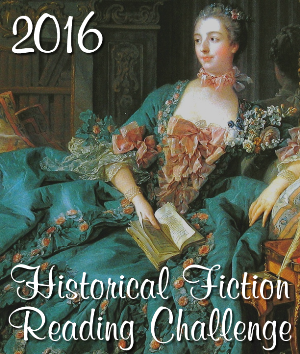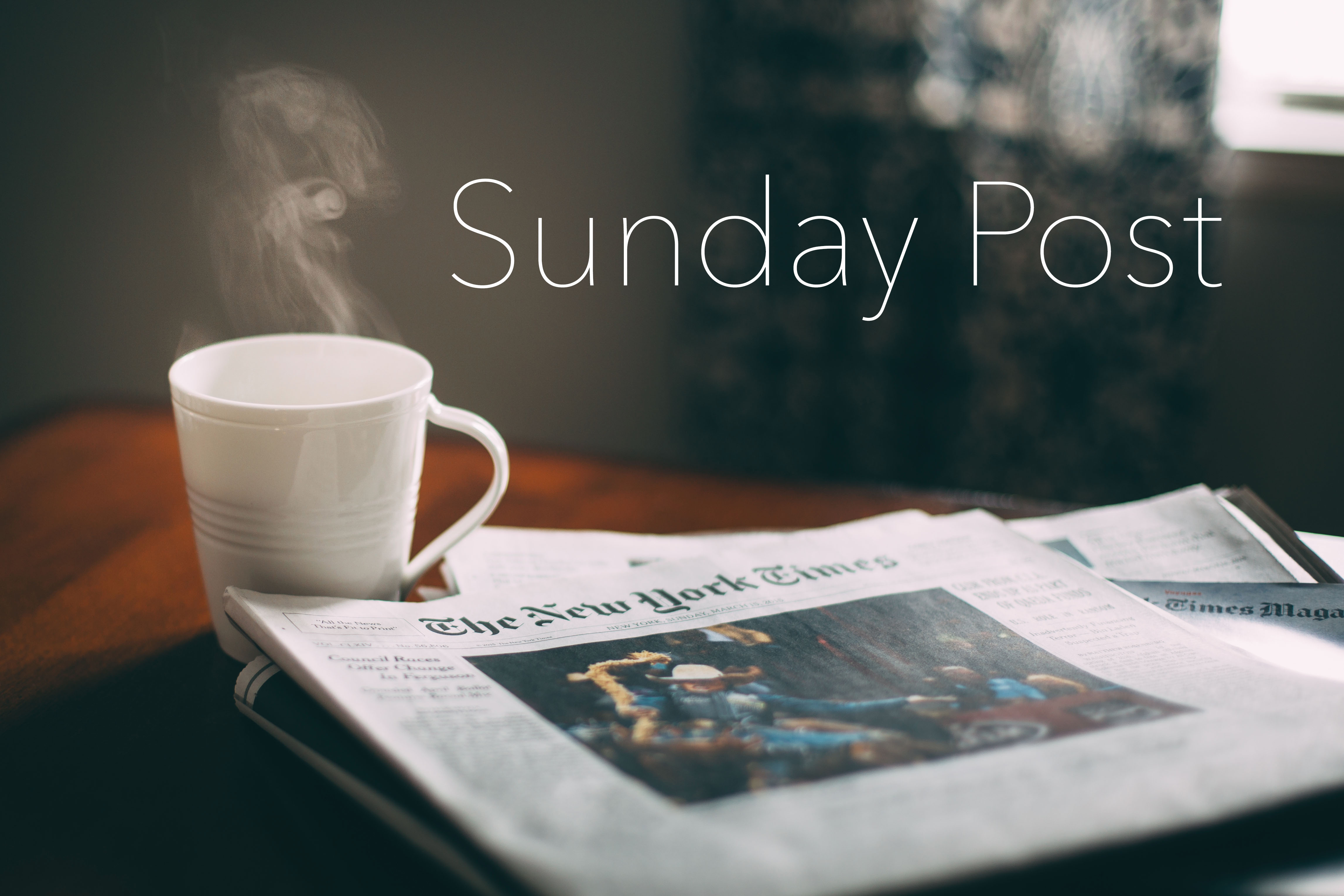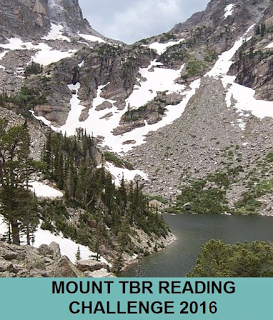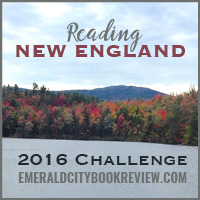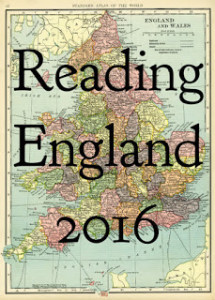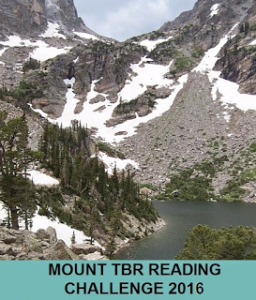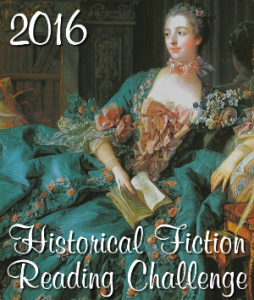
As the novel begins, Nell Stone and her husband, Schuyler Fenwick, known as Fen, are looking for a new tribe to study. At Nell’s insistence, the couple leaves behind their research on the Mumbanyo tribe when Nell felt she could no longer stand living the group. They meet up with Anthony Bankson, a fellow anthropologist from England, who has been alone in the Sepik, and is relieved and excited for the company of fellows. Soon, however, Bankson finds himself entranced by Nell. He is inspired by her intellect, insight, and work ethic—all aspects her personality that her husband both envies and disparages. Their lives become entwined as they work together, but Fen has secrets. Suddenly their relationships, their careers, and even their very lives are careening toward disaster.
While I understand why King took liberties with the stories of Mead, Fortune, and Bateson so that she could tell the story she wanted to tell, there are so many details drawn from their actual lives that it seems strange to me that she didn’t just go all the way with a historical fiction account of Mead in New Guinea. For example, like Bateson, Bankson had two older brothers, John and Martin, and their respective deaths prior to the start of the book, in battle in WWI and in a spectacularly public suicide under the statue of Anteros at Piccadilly Circus, were identical in all details to those of the real Bateson. I suppose you can’t make that stuff up. Like Bateson’s father, Bankson’s father was a renowned geneticist who coined the term genetics. Like Mead herself, Nell studied with Franz Boas and probably had an affair with Boas’s fellow student, Helen (who is based on Ruth Benedict).
However, as I said, the story does deviate from that of the historical anthropologists involved in some significant and rather spoilery ways, so I can’t delve too deeply in exploring those differences without endangering your enjoyment of the book (if you want to read it). Suffice it to say the details make for a highly romantic and cinematic story, especially near the end. I suppose reality didn’t play as well for King, hence the changes. Actually, the book would make a great movie—It has romance and adventure, humor, a complicated villain, and great characters—but based on the reading I’ve done about Mead, Fortune, and Bateson, just fact-checking as I read, I have to said their own real story would be equally good fodder for film.
King’s characterization reminds me quite a lot of Hemingway’s: tough women idealized by the men; over-the-top alpha males; masculine men who are also in touch with their feelings. The writing, too, was perfect for the story it told: spare in some details, leaving readers to put pieces together; poetically descriptive in other places. The characters seemed visceral and real. King makes the reader feel the heat and steamy damp of the New Guinea, and I felt as though I had traveled down the Sepik with all three of the main characters. I definitely found myself more interested in Margaret Mead, and her fellow anthropologists after reading this. Aside from an introductory course in college, I know little about anthropology, and I have to admit, some aspects of this science are troubling to me. There is always the whiff of the colonial about it when I read about it. I can’t put my finger on what it is that bothers me. Euphoria is a quick read. I had the paperback, and though the length is about short-average (257 pages), the paper is thick, and the font is largish. I think I probably read the whole thing in about five hours.
I am not sure if the photos are copyright, so I didn’t want to post them here on my blog, but you should definitely check out this exhibit at the Library of Congress. It has a wonderful picture of Margaret Mead, Reo Fortune (what a heck of a name!), and Gregory Bateson together, along with their notes about the personality classification system the three of them developed after reading Ruth Benedict’s Patterns of Culture together, an incident that is described in breathtaking detail in the novel. In fact, I had run into this idea without knowing Margaret Mead had anything to do with it in some professional development. Four major personality groups are divided on points of a compass (those who fall between two groups tend toward the intercardinal points on the compass. For the record, I identified myself as a “South” with some “West” tendencies. Here is a link to a PDF about the system. I will be anxious to talk about this aspect of the book with my fellow book club members, most of whom have also had this training and/or experienced an opportunity to define themselves on the compass.
Euphoria is a unique novel. I’ve never read anything set in Papua New Guinea before (nor am I likely to again, as it’s just not a setting writers use). I have also never seen anthropology tackled quite like this in fiction, though it does remind me a bit of State of Wonder by Ann Patchett. Ultimately, I think it’s a better novel than State of Wonder; I realize I gave State of Wonder 5 stars as opposed to the 4.5 for this novel, but I think I just really hated Fen, and were I to rate State of Wonder now, some time after having read it, it is probably more of a 4 star book for me. But I don’t go back and rethink or change ratings, which are based on my gut response right after finishing a book.
Rating:




